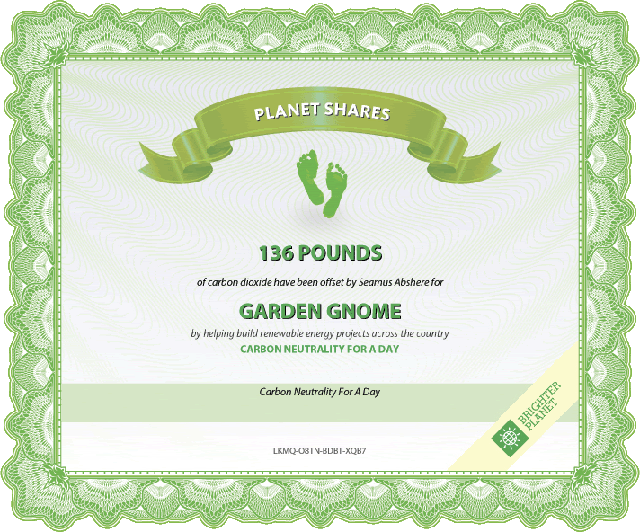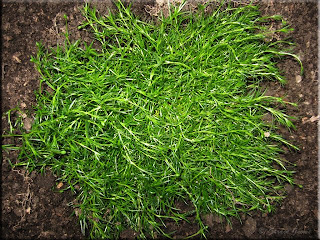In rural communities, windbreaks are a common scene and for good reason. They slow the wind down or prevent prevailing winter winds from hitting your house directly saving valuable heating dollars. In the summer they slow or prevent soil erosion. In the heat of the summer deciduous windbreaks help to cool winds before they reach your house. Some windbreaks provide a habitat for small birds that help in insect control as well. Every house can benefit from the proper use of windbreaks but you have to understand how the prevailing winds are affecting your home. One Windbreak
One Windbreak
Our house is very well shielded with both evergreen and deciduous windbreaks on all four sides. The entire property is bordered by smaller almost 3' high evergreens and boxwoods on three and a half sides as well as bordering the laneway. Pictured is the larger evergreens that form a portion of part of a portion of the one side. This is side is the most open but the neighbours trees in the background serve as a windbreak as well. Towards the base of the large evergreen you can just barely see the water's edge. This side does not need as much of a windbreak because if the wind is coming from that direction it is from the south, something rather desirable in the winter months because it is a warmer wind. Just barely showing to the right is a large maple tree that provides a windbreak to the upper level during the summer. In line with that tree is a shorter windbreak of evergreens to the water's edge. Along the water's edge is another windbreak of boxwoods that cool the summer west winds but allow the winter winds warmed by the water through. The north side is fully protected to block as much of the winter north winds as possible. Physics of Windbreaks
Physics of Windbreaks
A windbreak is essentially vegetation or fencing or any other obstacle meant to slow down the velocity of the wind. The wind hits the windbreak then is forced to go around creating a blocked area on the other side of the windbreak with no wind. A distance from this area the wind will swirl together again. In essence buildings are quite effective windbreaks but for energy efficiency you want windbreaks to slow the amount of wind from reaching the building directly. Properly placed windbreaks can direct the winter prevailing winds away from houses and laneways effectively directing blowing snow from these areas. At the same time they can prevent winds from reaching the house almost entirely. For example if you plant a row of thick evergreens 2 to 3 feet tall along the northern wall of your house with a crawlspace it will greatly increase the energy efficiency and comfort level of that wall because the wind is blocked.
Effective windbreaks include: corn stubble, tall grasses, tall and short evergreens, deciduous trees, living walls. living privacy screening and of course wood fences. Wherever possible try to use living windbreaks as they give back to the environment. When establishing windbreaks pay attention to the winds you want to block in the season you want to block them. In the northern hemisphere that will mean blocking the north and northwesterly winds in the winter. For lower areas and directly abutting your house use lower growing, dense evergreen shrubs. To slow winds before they get to your house use taller evergreen and deciduous depending on what winds you want to control.
Happy Gardening!
Garden Gnome
©2006-2008







 Tomato Clippings
Tomato Clippings Impatiens
Impatiens





















 Path
Path Tulips & Daffodiles
Tulips & Daffodiles Revamped Bed
Revamped Bed















